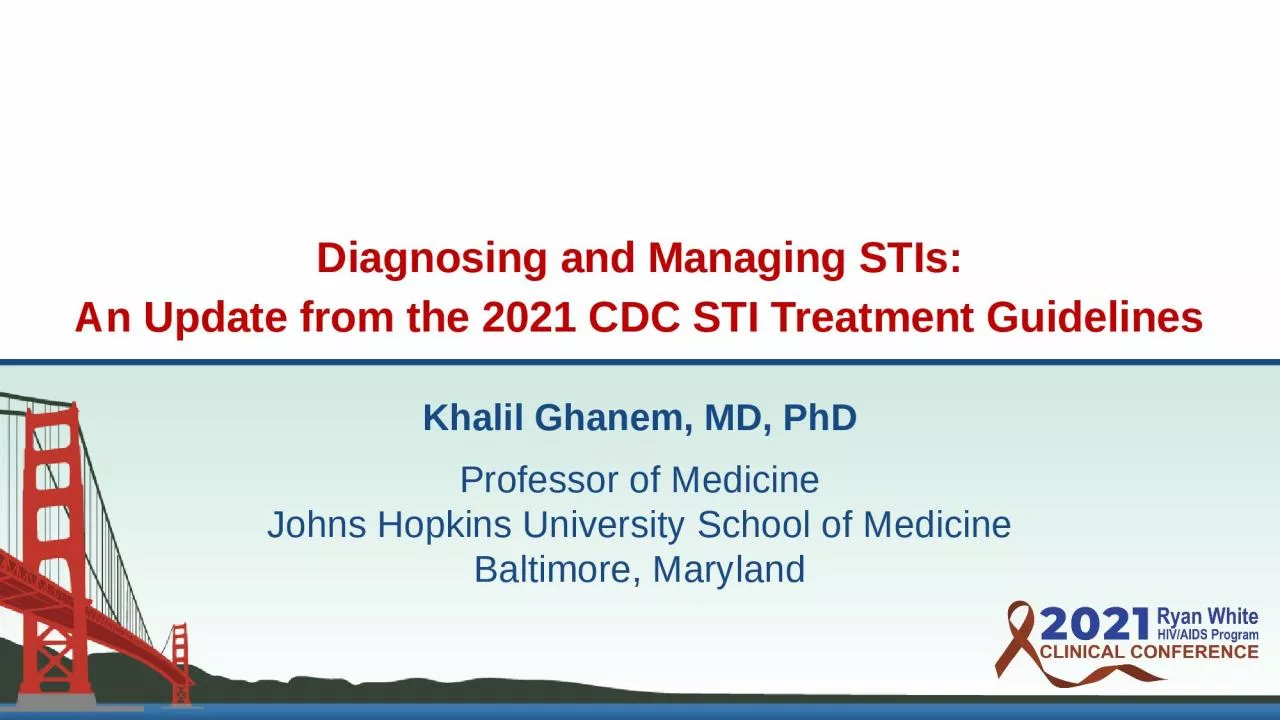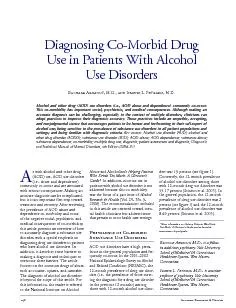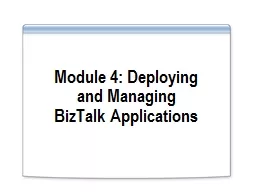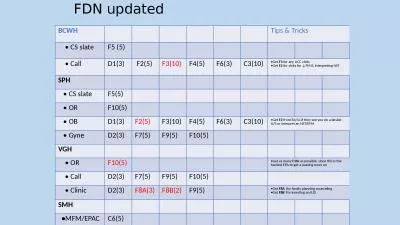PPT-Diagnosing and Managing
Author : FoxyLady | Published Date : 2022-08-03
STIs An Update from the 2021 CDC STI Treatment Guidelines Khalil Ghanem MD PhD Professor of Medicine Johns Hopkins University School of Medicine Baltimore Maryland
Presentation Embed Code
Download Presentation
Download Presentation The PPT/PDF document "Diagnosing and Managing" is the property of its rightful owner. Permission is granted to download and print the materials on this website for personal, non-commercial use only, and to display it on your personal computer provided you do not modify the materials and that you retain all copyright notices contained in the materials. By downloading content from our website, you accept the terms of this agreement.
Diagnosing and Managing: Transcript
Download Rules Of Document
"Diagnosing and Managing"The content belongs to its owner. You may download and print it for personal use, without modification, and keep all copyright notices. By downloading, you agree to these terms.
Related Documents














